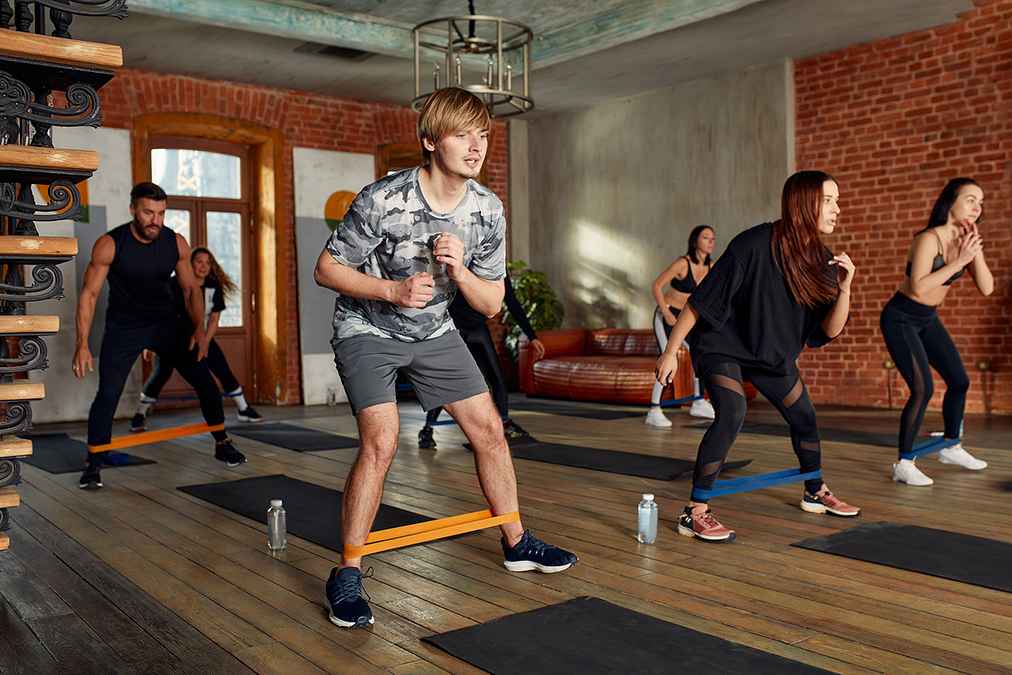 Physical exercise has long been proven to be an effective treatment for Parkinson’s disease. However, due to its motor symptoms, many Parkinson’s patients may have difficulty exercising.
Physical exercise has long been proven to be an effective treatment for Parkinson’s disease. However, due to its motor symptoms, many Parkinson’s patients may have difficulty exercising.
However, a new study presented at the 2022 International Congress of the International Parkinson and Movement Disorder Society examined the effectiveness of an exercise that those with Parkison’s disease could perform easily and safely.
The authors consulted the literature to compare the feasibility and effectiveness of resistance training to those of other exercises. They also compared the effects of resistance training with those of a lack of exercise to assess whether resistance training constitutes a worthwhile treatment for the symptoms of Parkinson’s disease.
Resistance training is probably the safest and easiest type of exercise for those suffering from Parkinson’s, especially if the weights are fixed so they cannot fall. Push-ups and sit-ups, for example, are both forms of resistance training in which the chance of injury is low.
They found 18 solid studies on the effects of resistance training on muscle strength, motor impairment, freezing of gait, mobility, balance, quality of life, depression, and cognition.
After comparing them, they drew the following conclusions.
-
1. When compared with physically inactive subjects, resistance training had a large beneficial effect on subjects’ muscle strength, motor impairment, mobility, and balance.
2. Compared to physically inactive subjects, resistance training had a small beneficial effect on subjects’ depression and quality of life.
3. Resistance training had no effect on cognition.
4. There was no difference between resistance training and other forms of exercise in terms of positive effects.
Therefore, while not more effective than other forms of exercise, resistance training is certainly still effective.
This is good news, partially because resistance training may be a bit easier for Parkinson’s patients who suffer from annoying motor symptoms, and partially because the study shows that it helps combat both motor and non-motor symptoms.

 Overcoming IBD
Overcoming IBD Multiple Sclerosis
Multiple Sclerosis Banishing Bronchitis
Banishing Bronchitis Gum Disease Gone
Gum Disease Gone Overcoming Onychomycosis
Overcoming Onychomycosis Neuropathy No More
Neuropathy No More The Prostate Protocol
The Prostate Protocol Brain Booster
Brain Booster
 Ironbound
Ironbound
 Solution for Shingles
Solution for Shingles
 The Bone Density Solution
The Bone Density Solution
 The Ultimate Healing Protocol
The Ultimate Healing Protocol
 The Parkinson's Protocol
The Parkinson's Protocol
 The Chronic Kidney Disease Solution
The Chronic Kidney Disease Solution
 Overthrowing Anxiety
Overthrowing Anxiety The Fatty Liver Solution
The Fatty Liver Solution The Hypothyroidism Solution
The Hypothyroidism Solution
 The End of Gout
The End of Gout The Blood Pressure Program
The Blood Pressure Program
 The Oxigized Cholesterol Strategy
The Oxigized Cholesterol Strategy
 Stop Snoring And Sleep Apnea Program
Stop Snoring And Sleep Apnea Program
 The Arthritis Strategy
The Arthritis Strategy The Vertigo & Dizziness Program
The Vertigo & Dizziness Program The 3-Step Diabetes Strategy
The 3-Step Diabetes Strategy Hemorrhoids Healing Protocol
Hemorrhoids Healing Protocol The Erectile Dysfunction Master
The Erectile Dysfunction Master Weight Loss Breeze
Weight Loss Breeze The IBS Program
The IBS Program The Insomnia Program
The Insomnia Program The Migraine and Headache Program
The Migraine and Headache Program The Neck Pain Solution
The Neck Pain Solution The Menopause Solution
The Menopause Solution The Ejaculation Master
The Ejaculation Master The TMJ Solution
The TMJ Solution The Acid Reflux Solution
The Acid Reflux Solution The Fibromyalgia Solution
The Fibromyalgia Solution The Psoriasis Strategy
The Psoriasis Strategy